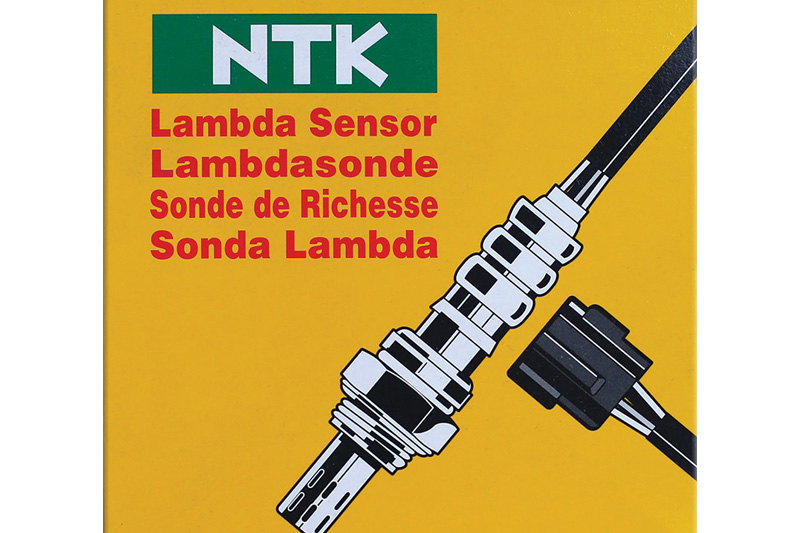
NGK has offered its advice to workshops in a bid to urge them to stick to OE-quality.
NGK says the experience it has in supplying the VMs worldwide allows it to offer the right sensor for every vehicle application. The company has received feedback that some garages are not recognising its Lambda sensors which are supplied in green and white boxes as genuine NTK product.
NGK has reassured garages that its Lambda sensors supplied in traditional yellow boxes and new green and white boxes are both genuine products. “Different packaging, same quality product inside the box” is the message coming from the company.
Avoid universal sensors
The company is encouraging garages to always go with an OE-quality Lambda sensor and steer clear of ‘universal sensors’. A ‘universal’ Lambda sensor is designed to cover as many applications as possible by splicing in the connector from the unit being replaced. In theory, this sounds like a good idea. In practice, the potential for a mismatch with the vehicle’s system or subsequent premature failure is very high.
NGK says garages should fit a new NTK Lambda sensor whenever they replace a vehicle’s catalytic convertor.
A worn or failed sensor can result in drastically reduced control of the fuelling system which could result in increased fuel consumption, uneven running, generally poor performance or failure of an MOT emission test, so replacement is good news for the customer, garage and distributor.
NGK recommends that the function of the sensor is checked every 20,000 miles or annually. The emissions check as part of the current MOT test samples the exhaust gases to monitor the efficiency of the engine, exhaust system and engine control systems. The Lambda sensor is a vital part of this system and its function is therefore influenced by many other components.
A malfunction of an associated part may directly affect the performance of a sensor. An oscilloscope and gas analyser is a much more accurate way of assessing sensor performance than relying on fault codes alone. Garages need to look for slow response times, output range and heater function.
Contaminants from poor quality oils and fuel which remain in the exhaust gases can become deposited on the sensor element affecting its operation. Even coolant from a leaking head gasket can reach the element.









